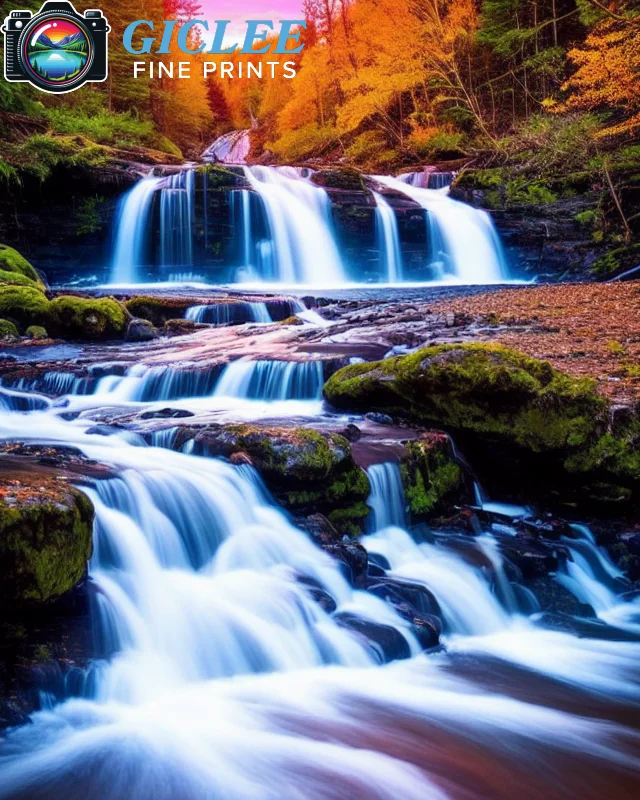
Cropping is a powerful yet often overlooked step in the creative process. By carefully selecting what remains in your frame, you can transform ordinary images into striking compositions that tell a compelling story. Whether you’re printing on canvas, fine art paper, metal, or peel-and-stick wall art, mastering the art of cropping can make the difference between a good image and a truly exceptional one. At Giclee Fine Prints, we believe that a well-cropped photo or artwork sets the stage for a high-quality print that captures attention from every angle.
Understand the Purpose of Your Crop
Before making a single cut, ask yourself: What story are you trying to tell? Are you highlighting a subject’s emotion, showcasing intricate details, or simplifying a busy scene? Defining your crop’s purpose helps guide your decision-making, ensuring that each choice supports the final vision.
Key Considerations:
- Focus on the Subject: Remove distractions to keep the viewer’s eyes where you want them.
- Create Balance: Adjusting proportions can bring stability or tension to your composition.
- Enhance Emotion: Cropping in tightly can intensify the mood or reveal subtle nuances.

Use the Rule of Thirds
The rule of thirds is a classic composition guideline for a reason. By dividing your image into a 3×3 grid, you can place points of interest where the lines intersect. This simple technique often leads to more dynamic and visually pleasing results.
Pro Tip: Use grid overlays in your editing software to guide your crop. Positioning key elements along these intersections can draw the viewer’s eye naturally and create a harmonious look for your final print.
Mind the Edges
The edges of your frame can make or break the composition. Avoid cutting off important elements too close to the border, as it may look unintentional or awkward.
Tips for Edge Work:
- Leave Breathing Room: Give your subject space to “exist” comfortably in the frame.
- Avoid Awkward Crops: Don’t crop at joints like elbows, knees, or necks when photographing people.
- Consider Negative Space: Sometimes extra space around your subject can add elegance and a sense of place.

Experiment with Aspect Ratios
Different aspect ratios (like 4:3, 16:9, or square formats) can significantly change how an image is perceived. Experimenting with various ratios may reveal unexpected compositions that enhance your artwork’s impact.
At Giclee Fine Prints: We support custom sizes and aspect ratios, so you can print on canvas, fine art paper, metal, and peel-and-stick mediums that perfectly suit your chosen crop.
Plan Ahead for Printing
If you know you’ll be printing your work, it’s essential to consider how your crop will translate to the final medium. Some materials, like canvas or metal prints, may slightly stretch or wrap around edges, which affects the visible image area. When printing on fine art paper or peel-and-stick wall art, the exact crop matters, as the entire image will be visible.
Tips for Print Preparation:
- Account for Bleed: Leave extra margin if you’re planning a gallery wrap on canvas or stretching it later.
- Check Resolution: Cropping significantly reduces your image’s pixel count. Ensure the remaining file is still high-resolution for a crisp final print.
- Preview at Print Size: Zoom in to 100% in your editing software to see if details hold up at the intended dimensions.
Contact Us
Our address is: 3816 Pioneer Trail Ste #3, South Lake Tahoe, CA 96150
Email: Info@gicleefineprints.com
FAQs
You can crop as much as you like, but heavy cropping may reduce resolution. Aim to maintain at least 300 DPI at your final print size for the best results.
Once printed, the crop is fixed. It’s best to finalize your composition before ordering your print.
Yes. Certain mediums, like canvas wraps, require extra image area to wrap around the frame, while others, like metal prints, display the full image edge-to-edge.


